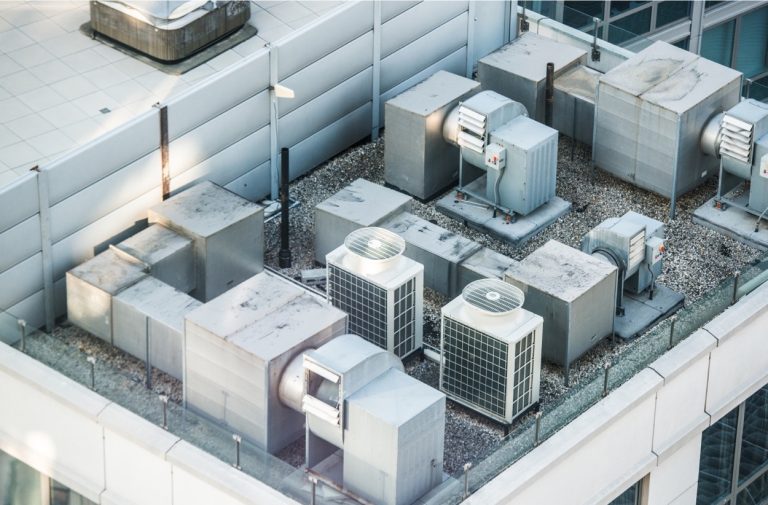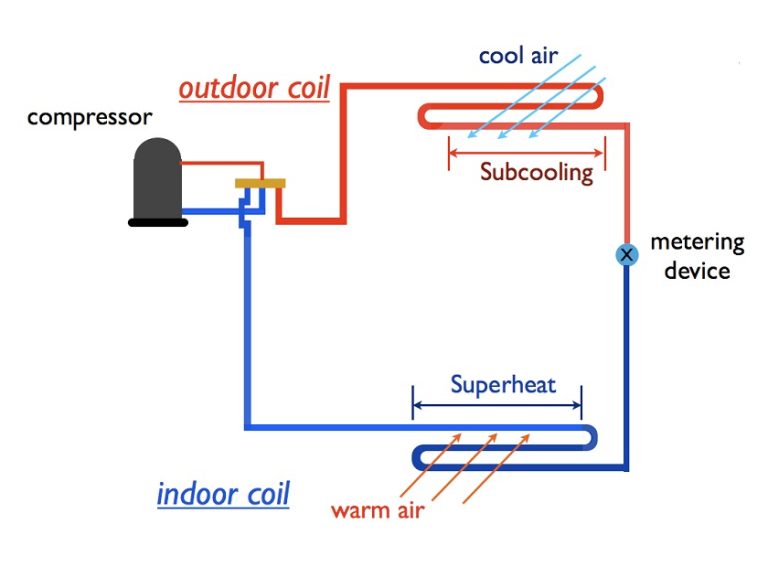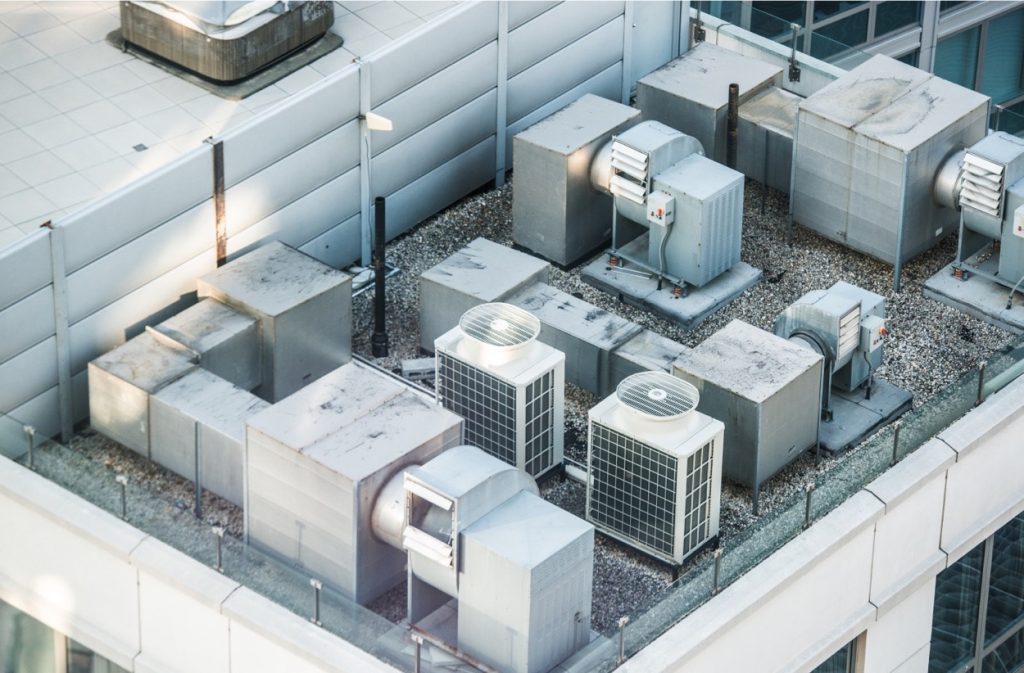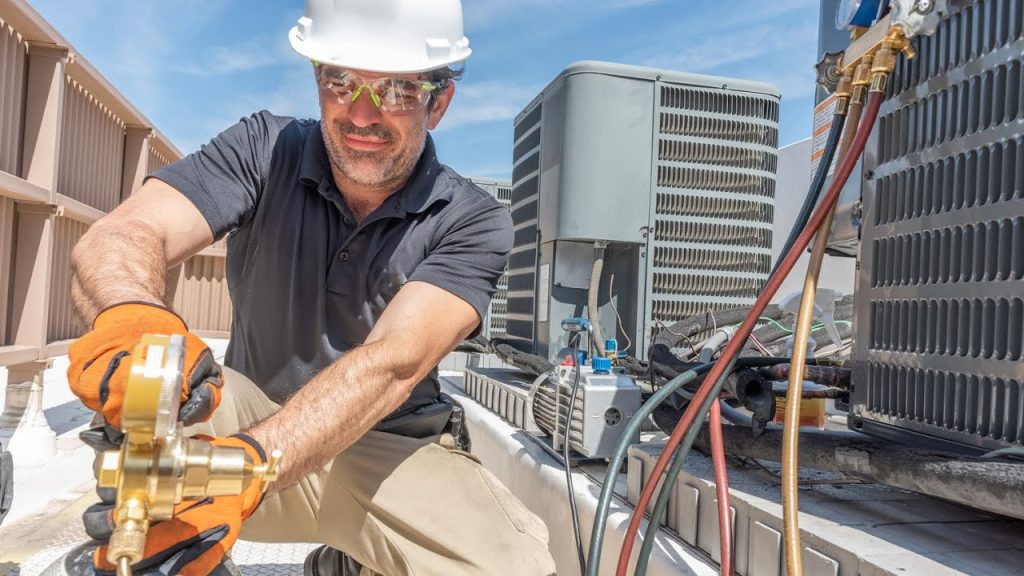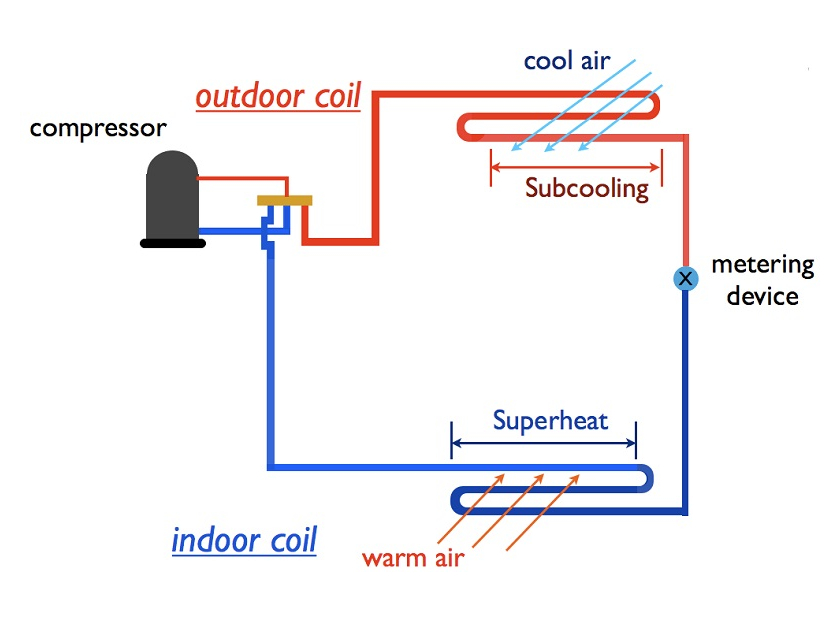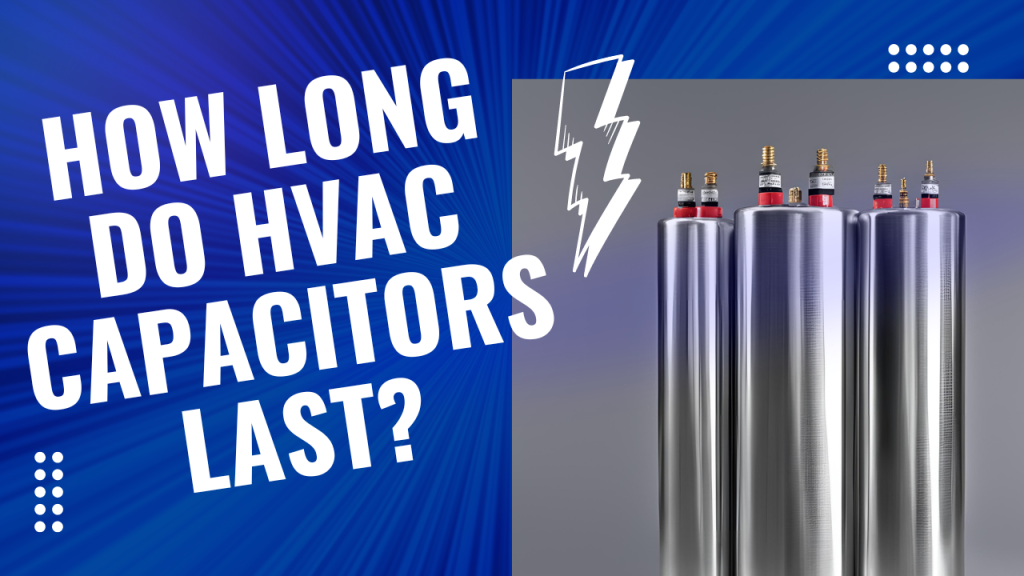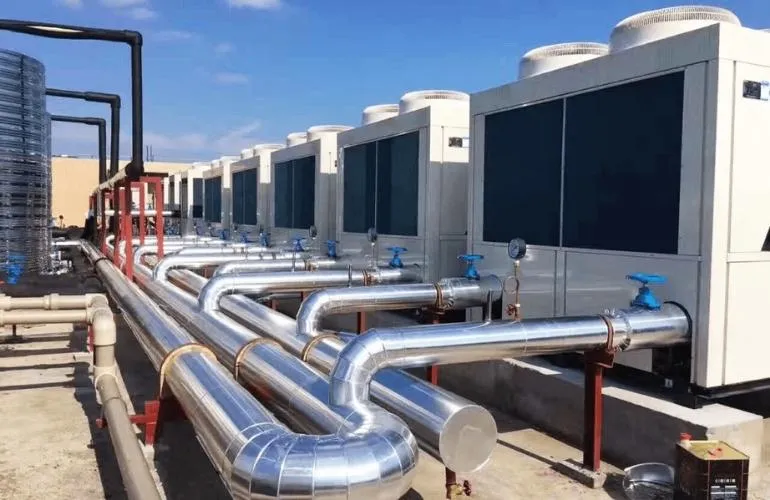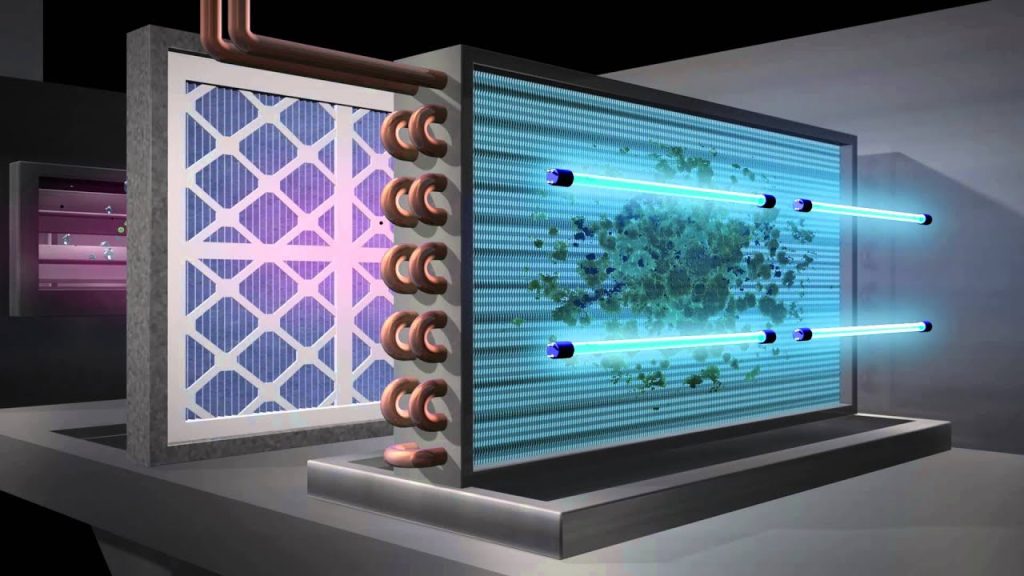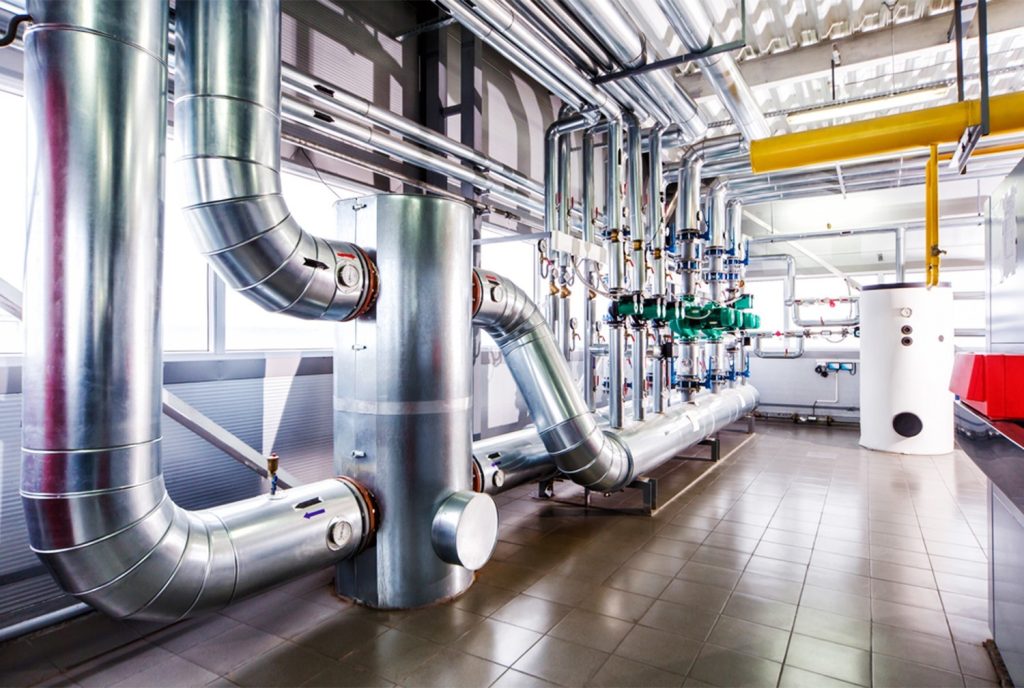Over the years, disposable air filters have been the go-to choice for most. Yet, as sustainability becomes more crucial, reusable air filters are gaining traction, offering a smarter way to reduce waste and minimize single-use items. Curious if a washable air filter is right for you? You might have questions about the upkeep involved.
Supplies to Clean Reusable HVAC Filters
1. Mesh screen or plastic frame to which the filter attaches.
2. A vacuum cleaner with a brush attachment and/or canned air.
3. Plastic basin filled with warm water.
4. Mild detergent or soap, preferably unscented.
5. Soft-bristle cleaning brush, like an old toothbrush or scrubbing pad.
6. Clean towel for drying.

How to Clean Reusable Air Filters
Keeping your reusable air filter clean is vital for your HVAC system’s efficiency and performance. Moreover, a clean filter captures contaminants better, ensuring healthier indoor air quality.
Follow these steps to maintain your reusable air filter:
1. Power off the HVAC system and remove the filter.
2. Rinse with warm water. Distilled water is preferred unless you have a water softener to handle hard water.
3. Apply gentle household soap to wash it. Dish soap is ideal, but hand soap is a good
substitute.
4. Use a soft-bristled brush to gently scrub away persistent grime, taking care not to damage
the filter.
5. Rinse thoroughly to eliminate all soap and debris.
6. Shake off excess water carefully.
7. Allow the filter to dry completely before reinstallation to prevent mold and mildew. Turn
the HVAC system back on once the filter is in place.
Reusable filters should be cleaned as regularly as disposable ones are replaced. Typically, for most homes, cleaning every 90 days is sufficient. However, if you have a large house, sufferfrom allergies, or own multiple pets, consider cleaning every one to two months or whenever visible dirt appears

Tips and Tricks
Mark Your Calendar
Set reminders to inspect and clean your filter routinely. This simple practice can enhance your home’s air quality significantly.
Have a Spare
Keep an extra filter at home. This allows you to swap out the dirty one effortlessly without delay for drying.
The Importance of a Clean Air Filter
Efficiency and Performance
A well-maintained air filter is key to your HVAC system’s efficiency. When it becomes clogged, the system must work harder, resulting in higher energy usage and increased utility costs
Prolonged Lifespan
Regular maintenance can significantly extend the life of your HVAC system. By minimizing stress on its components, you can prevent expensive repairs and avoid the need for premature replacements.
Improved Indoor Air Quality
Dirty filters fail to capture airborne particles effectively, allowing them to circulate throughout your home and negatively impact indoor air quality. Regularly cleaning your filter ensures cleaner air and reduces respiratory risks.
Check out How Do You Troubleshoot A Defective HVAC Compressor!
FAQs
Can You Clean an Air Filter?
Yes, certain filters are designed to be washable. Instead of disposing of your filter every three months, you can clean off the accumulated dust and debris and reinstall it. However, not every filter is reusable, so confirm yours is washable before cleaning.
How to Tell If an Air Filter Is Washable
Your filter should indicate if it’s washable. If uncertain, replace the old filter with a new one that explicitly states reusability. Washable filters are often constructed from electrostatically charged woven materials.
What Happens If You Wash a Non-Washable Filter?
Disposable filters are not intended for cleaning and reuse. Washing them can leave dust and particles trapped, potentially damaging the filter and decreasing your HVAC system’s efficiency. Incomplete drying can also promote mold growth
Is it OK to Clean A Filter With Bleach?
Though you might consider using bleach to clean reusable filters, it’s generally discouraged. Many manufacturers advise against it due to potential damage to the filter’s delicate materials.
More Harm Than Good
While sanitizing with bleach might seem appealing, it can degrade the filter, shortening its lifespan. Damage from bleach use can void warranties, making it a questionable choice
How Often Should I Clean My Reusable Air Filter?
Clean your reusable filters every one to three months, but this can vary based on the filter type and usage frequency. If it appears dirty or clogged sooner, it’s time for cleaning.
After Being in Storage
Reusable filters can collect dust even when inactive, known as “background” dust. Clean them every few months, even during periods of non-use, to maintain efficiency.
How Do I Store My Reusable Air Filter?
Store your reusable filter in a dry, moisture-free location, such as away from basements and attics. Avoid garages or outdoor areas to prevent exposure to dust. Before long-term storage, clear any debris using a vacuum, ensuring the filter is completely dry to prevent mold growth.

